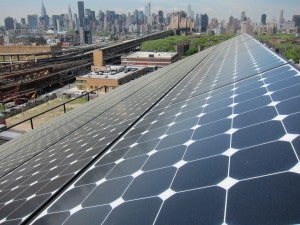 For New Yorkers wanting more clean, distributed energy, the recent Con Edison rate case offers some good news.
For New Yorkers wanting more clean, distributed energy, the recent Con Edison rate case offers some good news.
Presented to New York’s Public Service Commission (NYPSC), which regulates utilities in the state, a rate case is a process utilities use to adjust policies and set rates charged to customers. A rate case occurs once every few years and provides an opportunity for state and local governments, along with consumer and environmental advocacy groups, to seek cleaner, cheaper, and more customer-friendly electricity.
The Con Edison rate case is considered a bellwether for similar proceedings involving electric utilities throughout New York State – which is part of why a recent filing with the NYPSC is so important. Along with more than 20 other parties (including Con Edison, the Real Estate Board of New York, the New York Energy Consumers Council, and several environmental advocacy groups), Environmental Defense Fund (EDF) on September 20th filed a joint proposal with NYPSC that (among other recommendations) calls for changes to the current standby tariff that are likely to be approved by the Commission. Read More










 Late last month, New York took a major step toward rethinking utility economics when it
Late last month, New York took a major step toward rethinking utility economics when it